“If there’s something you really want to believe, that’s what you should question the most.” Penn Jillette
A heuristic is a mental shortcut that allows people to solve problems and make judgments quickly and efficiently. It is how the brain automates repetitive tasks and decisions. It can be very helpful, particularly when you realize that people take in an average of 34 gigabytes of information on a daily basis and continually have to make decisions.
When heuristics fail at making correct assumptions about the world, the result is a cognitive bias: drawing a false conclusion based on prior data.
According to Andrea May, there are at least ten cognitive biases that negatively affect learning:
- Confirmation bias:The tendency to easily accept information that confirms your point of view and reject information that does not support it.
- Anchoring bias: The tendency to place excessive weight or importance on one piece of information – often the first piece of information you learned about a topic.
- Dunning-Kruger effect:The tendency for incompetent people to overestimate their competence, and very competent people to underestimate their competence.
- Curse of Knowledge bias:When well-informed people are unable to look at an issue from the perspective of a less informed person.
- Functional Fixedness:This bias limits a person to utilizing an object or idea in only the way it is traditionally used.
- Mere Exposure Effect:The tendency to like something just because you are familiar with it.
- Not Invented Here bias:The tendency to discount information, ideas, standards, or products developed outside of a certain group.
- Reactance:The urge to do the opposite of what you are asked to do in order to preserve your freedom of choice.
- Status Quo bias:The tendency to want things to stay relatively the same as they have always been.
- System Justification bias:The tendency to try to actively maintain the status quo.
Have you experienced the impact of some of these biases when you’ve been training?
In our next Tip, we’ll look at how you can use cognitive biases to help learning occur.
May your learning be sweet.
Deborah





